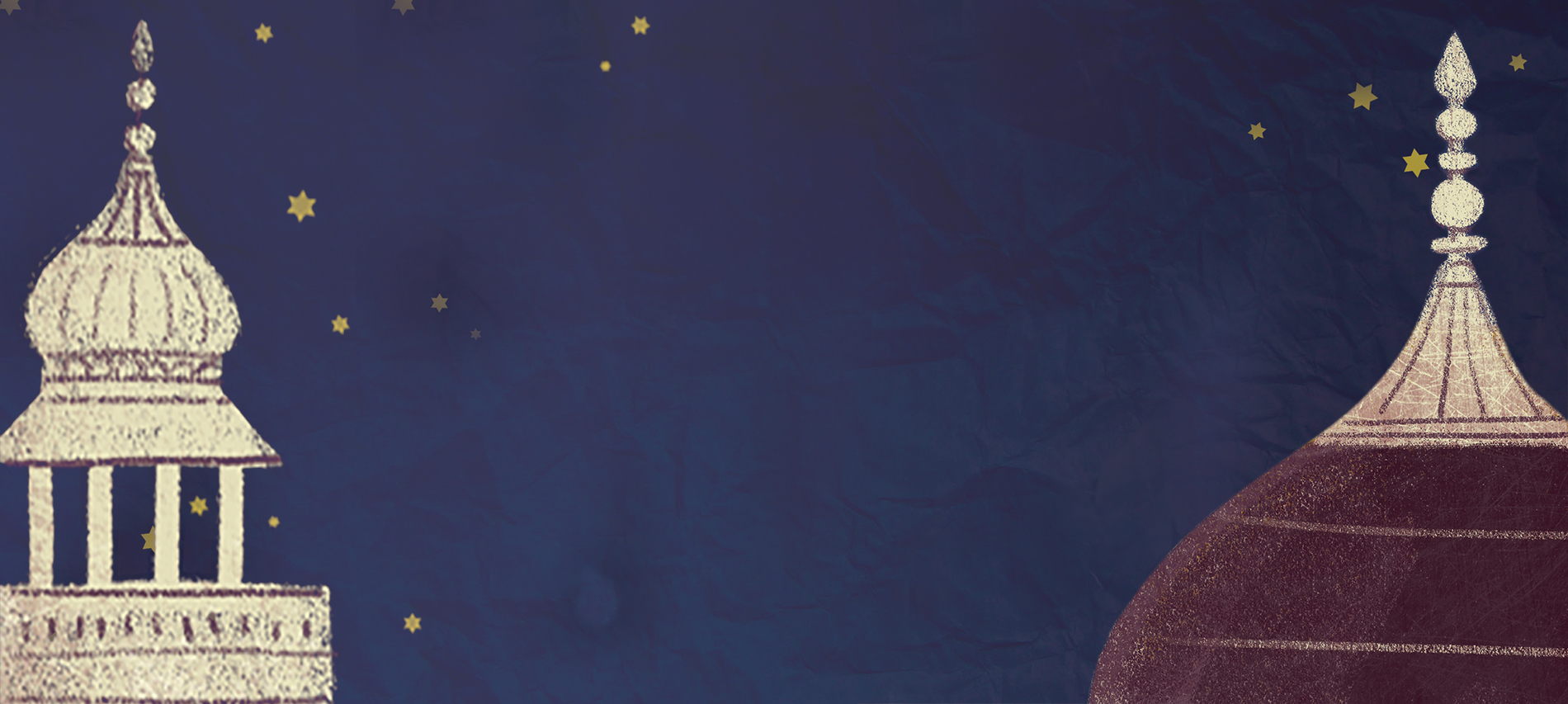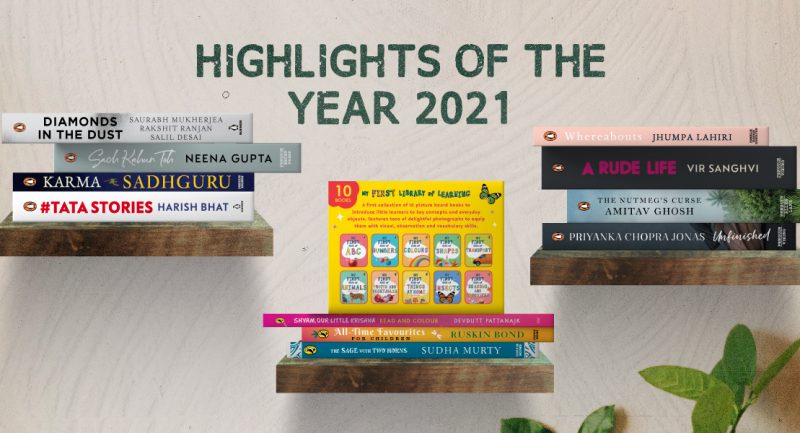
By Faiqa Mansab
There is a saying in Punjabi: When you make friends with elephants, you should build bigger doors. I’ve always felt that’s an apt way of describing what being an artist means. Art is the elephant; and an artist must make space for the subsequent battles that their art lets into their life. Such battles are small at first: about time spent doing ‘better, more useful things’; then the battles are angrier, ‘you want to end up dead?’ Rubbing the orthodox demagogues, the wrong way isn’t safe in my country and I chose to write stories that are taboo, dangerous even, in the current scenario.
For orthodoxy and extremism to succeed—and they are conjoined twins—a single identity is imperative. Plurality weakens the declaration of ‘us’ versus ‘them’ necessary to the narrative of dogma and so plurality is being systematically shunned. When religion is constructed as the defining feature of a society, then any difference in opinion is perceived as a threat. The bid for a religious identity must be singular, and it must be patriarchal—much like the concept of nationalism. Such an ideology is based on binaries: one must hate in order to love. Extremism is a necessary tool to the fulfillment of nationalistic jargon and jingoism, even though both are in response to global power dynamics and socio-economic oppression.
The battle between organized religion and spiritualism is as old as religion itself. Art for me is a kind of spiritual expression. Doctrine commands that life must be lived with rules. An artist, by nature, flouts rules. Spiritualism suits me better than orthodox tenets, even if spiritualism is currently out of favor within the society and State I call home. This is precisely because conventional religious dogma suits the State. Orthodoxy means rules, rules mean control and control means power.
It isn’t a West versus Islam condition at all. Even a largely Muslim majority country like Pakistan is facing ethnic and sectarian issues because difference is not tolerated in any form at any level. Look at what is happening at Sufi shrines, the very cradle of love and tolerance is being targeted to reinforce orthodoxy.
Extremism around the world is fed by the ‘us’ versus ‘them’ psyche, spreading like a contagion; and it is not just xenophobic, Islamophobic, anti-Semitic. Shia versus Sunni; liberal versus conservative, orthodox Muslim versus Sufi Muslim, neighbor versus neighbor—as if 1984’s Orwellian universe has become the new reality. These days one must have a single identity to be considered ‘true’ to one’s country, one’s race, one’s people. Not having a single identity makes one suspect. Plurality and hybridity are threats to be eliminated. Hence the witch hunt against seekers of truth—journalists and artists ongoing in Pakistan.
When society is divided between self-proclaimed self-righteous soldiers of God and ‘others’, then any deviation is open to interpretations of madness, of rebellion and sin. When ‘justice’ is meted out by mobs, and social media becomes a platform for shaming and blaming rather than a platform of freedom of speech, then extremism has already infected the socio-political fabric of society. It is already an unstable environment where conformist thinking has taken strong root and flowered into radicalism. These conditions bother me and in my stories, I’ve tried to depict this volatile and insecure place where law is open to interpretation by the highest bidder.
There is a lovely poem in Urdu by Dr. Khalid Javed Jan “Main Baghi Hoon”. It’s a beautiful poem about an artist, a person of principles, who is aware that he dares to do the right thing by speaking out against oppression. It’s one of my most favorite poems.
Man is a political animal. So is woman.
The worst off in this tussle, as in many other power struggles over the past centuries, are women. Their bodies are the site of struggle between conformist and liberal thinkers, and patriarchal wars are waged on their bodies. Should women be ‘allowed’ to wear the hijab? Should they be ‘allowed’ to wear burkinis? Should they be ‘allowed’ to wear bikinis? If perchance, it’s the body of an immigrant woman, then the right to speak about it, to dictate to it, to pass laws and judgment on it, increases manifold.
It began with Eve, who was not only an exile but also an immigrant. She came to a new world, leaving the familiar, her home—the Garden of Eden (‘Home’ is always the garden of Eden in memory and nostalgia) looking to build a new life with Adam on Earth. Immigration is ingrained in human psyche. It is a natural progression for some, a necessary act of survival for others.
There is another kind of immigration that the world finds problematic: the one between genders. Where do people of indeterminate gender, people who choose to change their sexual identity go? There is no country for queer people.
We can all agree that gender is a political declaration. My novel, This House of Clay and Water tells the stories of Bhanggi, Nida and Zoya, a hermaphrodite, a woman, and a child who are victims of their place, their society and culture, because of their genders and because they do not conform. Gender is still at the heart of power struggles in a lot of places in the world. And place, space, position is important in negotiating with power. Where one is from, and where one can go, are equally dynamic parameters of negotiation.
I often wonder, what art means. It is a roar against patriarchy for me, and it is a declaration of independence against conformity. Art reflects its times and the response of people to those times.










